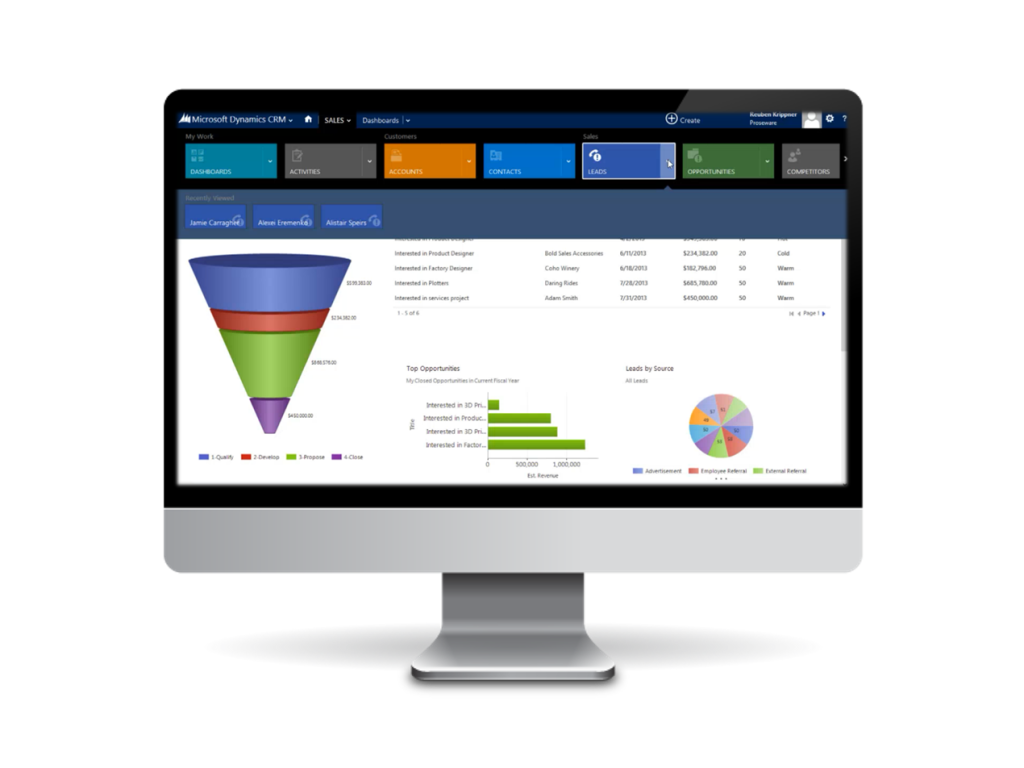To ensure stability on the electricity grid, electricity supply and demand must remain in balance in real time. Traditionally utilities have called upon peaking power plants to increase power generation to meet rising demand. Demand-side management (DSM), which includes energy efficiency and demand response (DR), works from the other side of the equation – instead of adding more generation to the system, it pays energy users to reduce consumption. Utilities pay for demand-side management capacity because it is typically cheaper and easier to procure than traditional generation.

Demand-side management allows energy users of all kinds to act as “virtual power plants.” By voluntarily lowering their demand for electricity, these businesses and organizations help stabilize the grid, and they are paid for providing this important service. Utilities and grid operators treat demand response capacity as a dispatchable resource that is called upon only when needed.
Demand side management systems like Dynamic DSM are used in commercial, institutional, and industrial businesses to identify ways for facilities to participate in demand-side management programs, including energy efficiency and demand response, without affecting business operations, comfort, or product quality. Dispatchable demand response measures are customized for each facility and can include turning off lighting, air conditioning, pumps, and other non-essential equipment. In some regions, facilities may participate in demand response programs or markets by switching to backup generation, thereby reducing demand on the grid. Depending on the type of program, demand response participants may be dispatched just once or twice a year for a few hours, or up to 100 hours per year. The more frequently dispatched programs typically offer higher payouts.
